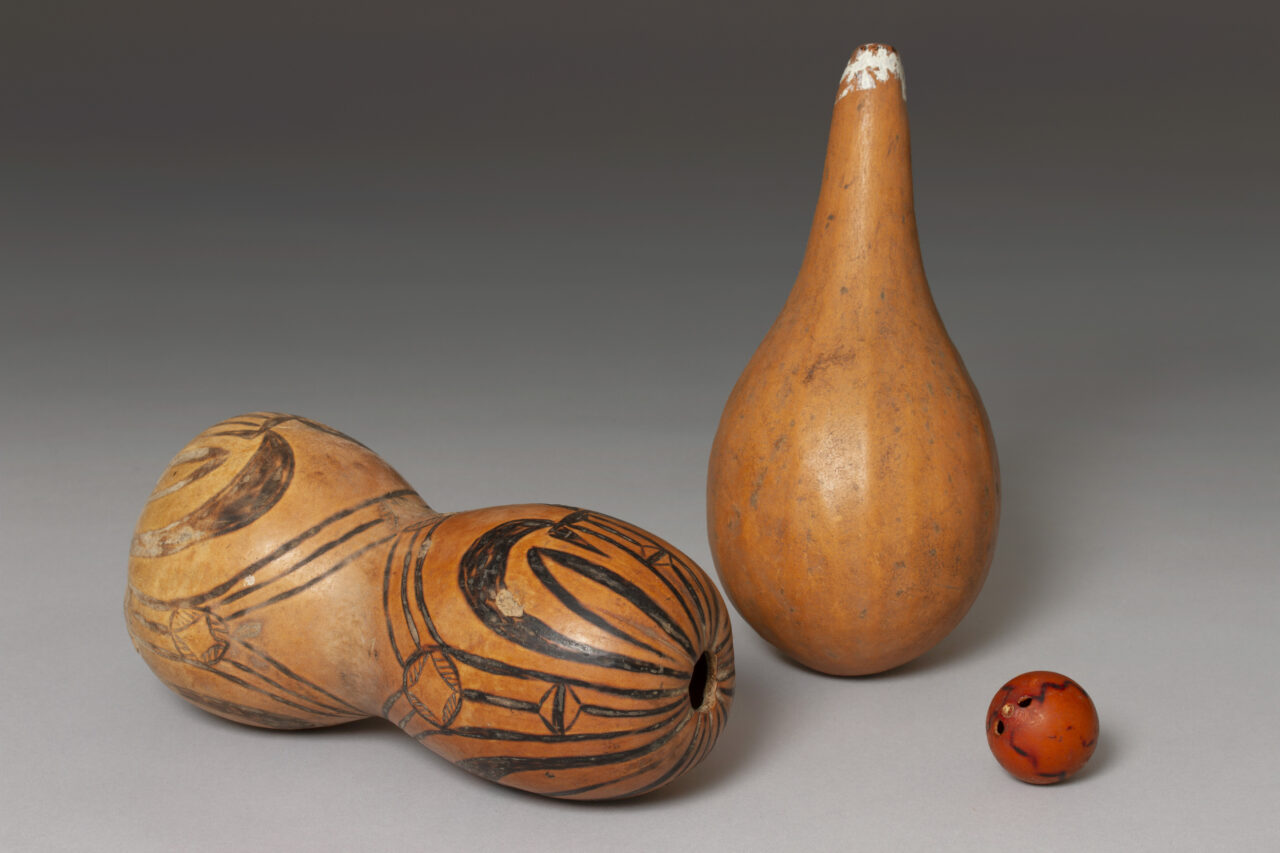
Article by Chris Gregory
Emeritus Professor of Anthropology, ANU
This is a photo of Jaidev Baghel demonstrating his traditional craft of lost-wax bronze casting to students on his first visit to the Department of Prehistory and Anthropology in 1985. I first got to know Jaidev in 1982 when I carried out 13 months of post-doctoral research on the economy and culture of the Halbi-speaking people of Bastar District in Central India. Jaidev is a proud descendant of an Aboriginal artisan community called Gadwa. They cast bronze images from broken pots and pans using the tools that have been on display in the AD Hope building since 1985.

Dr Baghel demonstrating wax casting at the ANU School of Art
Jaidev’s first visit to Canberra was hurriedly arranged. In August 1985, I got a surprise phone call from Jaidev Baghel saying that he was in Sydney on a cultural exchange program called In the Face of Change: Traditional Crafts in Modern India organised by the Crafts Council of Australia (CCA 1985). When I told Professor Anthony Forge, my then Head of School, about this, his reply was instant: ‘Invite him and his friend down to Canberra to give a display of their traditional craft to interested students and staff.’ Ten days later Jaidev and Sukhpal Nag Dhurwa, a stone carver also from Bastar, were demonstrating their craft to a captive audience in the School of Art. At the end of their week-long stay Professor Forge, whose research interest was in art and material culture, purchased all their tools, and some of their sculptures, for the School’s collection.
So successful was the visit that a subsequent trip was planned and brought to fruition in 1991. What impressed me about Jaidev when I first met him in 1982 was not just his traditional skills, but his cultural knowledge of the oral traditions of Bastar and his concern to fight for the social, cultural, and economic well-being of the Aboriginal artisans of Bastar. ‘‘Behind the superb cast-metal images of the tribal deities of Bastar,’ an article by Jaidev begins, ‘lies a rich world of myth and legend. Master craftsman Jaidev Baghel recounts some of these stories, now in danger of being forgotten, even by the tribals’ (Baghel 1982). I resolved to learn something of this tradition. The second six-week trip was planned so that I could work with Bastar folklorist Harihar Vaishnav on the transcription and translation of some Bastar myths whilst Jaidev conducted classes on his traditional casting technique in the Sculpture Department of the School of Art.
Again, this trip proved successful. Clare Martin, a sculpture student, successfully managed to produce a small sculpture using Jaidev’s techniques. She also produced an eight-page draft document of what she learned about his craft and how to adapt it to suit Australian materials and conditions (Martin 1991). The National Gallery of Australia purchased some of Jaidev’s works which were displayed in one of their exhibitions, for which I contributed a short article (Gregory 1995-96). Jaidev Baghel, for his part, went on to become one of India’s most acclaimed traditional bronze sculptors. His art is displayed in museums and galleries around the world. Prime Ministers and Presidents of India have presented him with numerous awards, Raipur University has honoured him with a D. Lit, art historians have discussed his work (Hacker 2016), and a Hindi author has published a story of his life that has recently been translated into English (Vaishnav 2019). The acclaim Jaidev has achieved has helped raised the status of the Aboriginal artisan community of Bastar. It has given them a market for their work thus enabling their families, and their traditional craft, to survive and flourish.
References
Baghel, J (nd) Traditional Lost-wax Process, with illustrations.
Baghel, J 1982, ‘Of ‘Devis’ and ‘Devas’ (as told to Roshan Kalapesi)’, in C Kagal (ed), Shilpakar: The Craftsman, Crafts council of Western India, Bombay.
CCA 1985, In the Face of Change: Traditional Craft in Modern India,Crafts Council of Australia, Sydney.
Gregory, CA 1995-96, ‘Vision of the Aboriginal Artisan’, Artonview, vol. 4,pp. 24-27.
Gregory, CA & Vaishnav, H 2003, Lachmi Jagar: Gurumai Sukdai’s Story of the Bastar Rice Goddess,Kaksad Publications, Kondagaon.
Hacker, K 2016, ‘Dismantling or Rehabilitating the Cult of the Craftsman Paradigm: Some Reflections on Jaidev Baghel’s Practice’, The Journal of Modern Craft, vol. 9, pp. 139-159.
Martin, C 1991, The Traditional Lost-Wax Metal Casting Process of the Aboriginal People of Madhya Pradesh, India (With annotations by Clare Martin, sculpture student, Canberra School of Art, 1991), Unpublished draft.
Vaishnav, H 2019, Dr Jaidev Baghel: An Extraordinary Journey from Village Artisan to World Renowned Bronze Sculptor,Paramparik Karigar, Mumbai.







